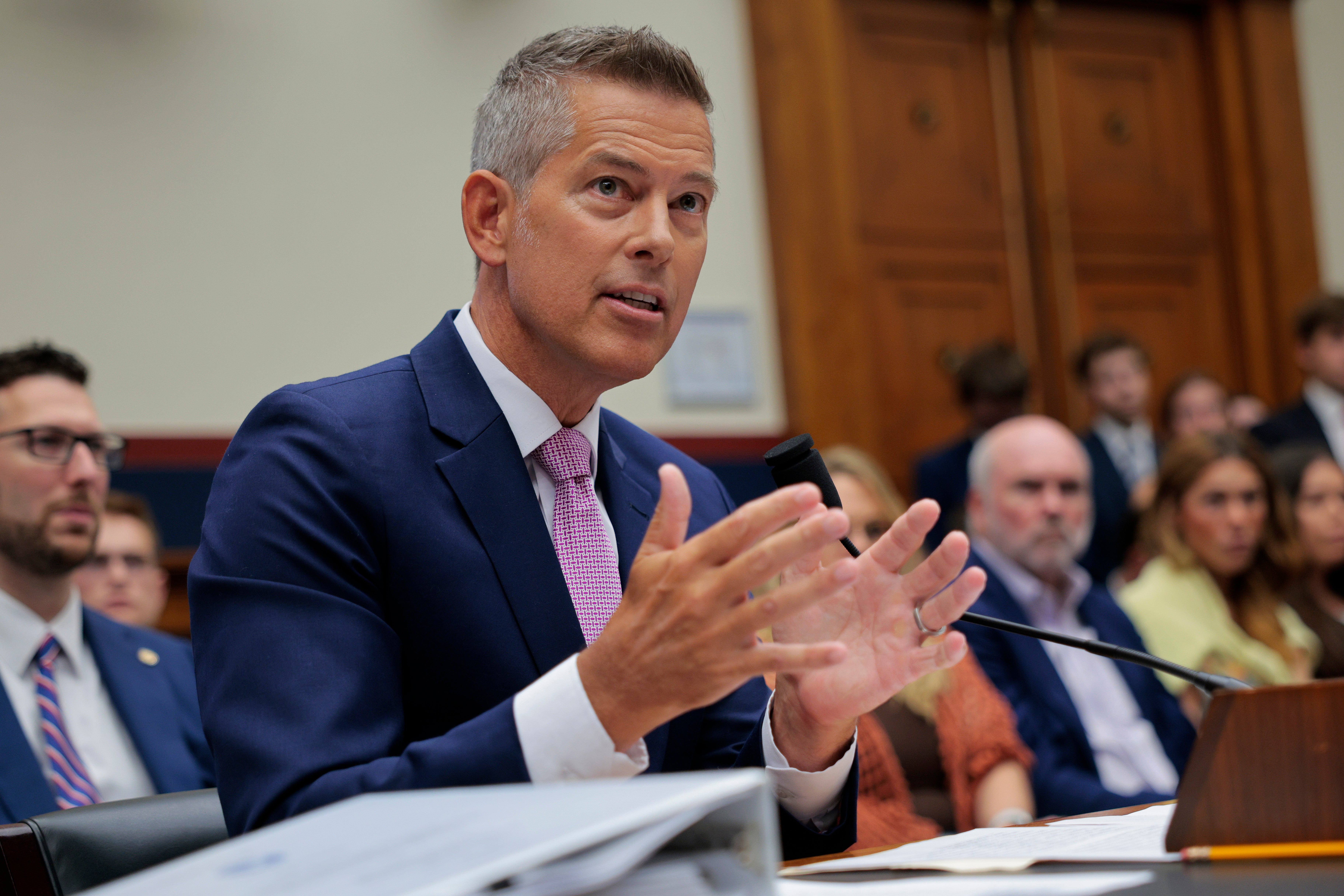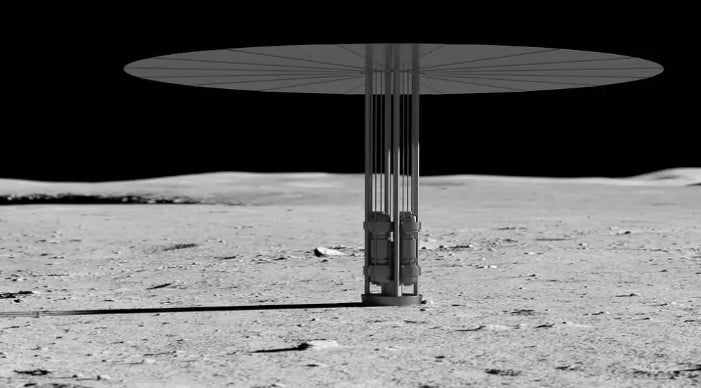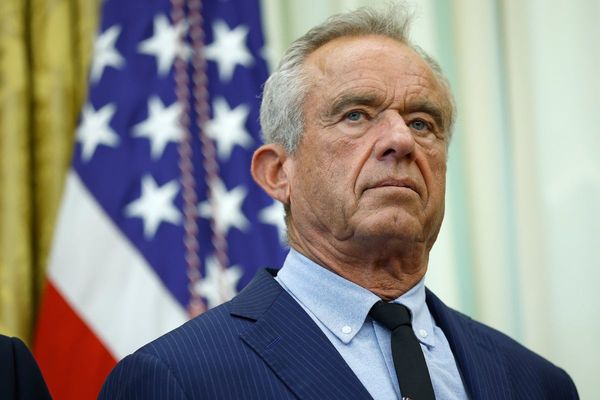The United States wants to put a nuclear reactor on the moon in the next ten years, according to a NASA directive obtained by The Independent.
President Donald Trump’s NASA chief Sean Duffy has expedited the timeline to build the reactor, and wants it to have at least 100 kilowatts of power - enough to run about 80 homes - and be ready to launch by 2030.
The directive, first reported by Politico, mentions China and Russia’s joint effort to place a reactor on the moon by the mid-2030s. The two U.S. adversaries first announced their plans in March 2024.
“The first country to do so could potentially declare a keep-out zone which would significantly inhibit the United States from establishing a planned Artemis presence if not there first,” Duffy warned in the directive.
NASA is working with the Energy Department and the broader space industry to design a fission power system that would provide at least 40 kilowatts of power. The space agency has already mentioned the benefits of developing fission surface power (FSP) on the moon and Mars.

“Relatively small and lightweight, fission systems are powerful and could enable robust operations on the Moon and Mars,” NASA states on its website.
NASA’s Artemis campaign aims to establish the first long-term presence on the moon.
During Trump’s inaugural address, he said the U.S. would launch astronauts “to plant the stars and stripes on the planet Mars.”
“It is about winning the second space race,” a NASA senior official also told Politico.
In Duffy’s new timeline, a Fission Surface Power Program Executive will be designated within 30 days of the directive. The executive “is empowered to provide reporting and updates with maximum transparency directly to the Administrator,” the NASA chief wrote.

Within 60 days, NASA will ask for industry proposals for the nuclear reactor, according to the directive.
The directive mentioned Trump’s budget request for the 2026 fiscal year, which includes $350 million for a new program “that will accelerate the development of high priority technologies for Mars, (i.e. FSP).”
The funding would increase up to $500 million starting in 2027.
Trump’s budget request also proposes a huge cut to NASA, with The Planetary Society, a global non-profit space organization, reporting it’s the smallest budget proposed for the agency since 1961.
NASA tests new ‘quiet’ supersonic plane capable of London-New York flight in under four hours
Trump administration says it won't publish major climate change report on NASA website as promised
Nasa probe sends back closest-ever photos of the Sun
Trump’s NASA chief Sean Duffy expedites timeline for nuclear reactor on the moon
NASA’s Curiosity rover marks milestone with new science capabilities
Reform UK gets first police and crime commissioner after Tory defection







